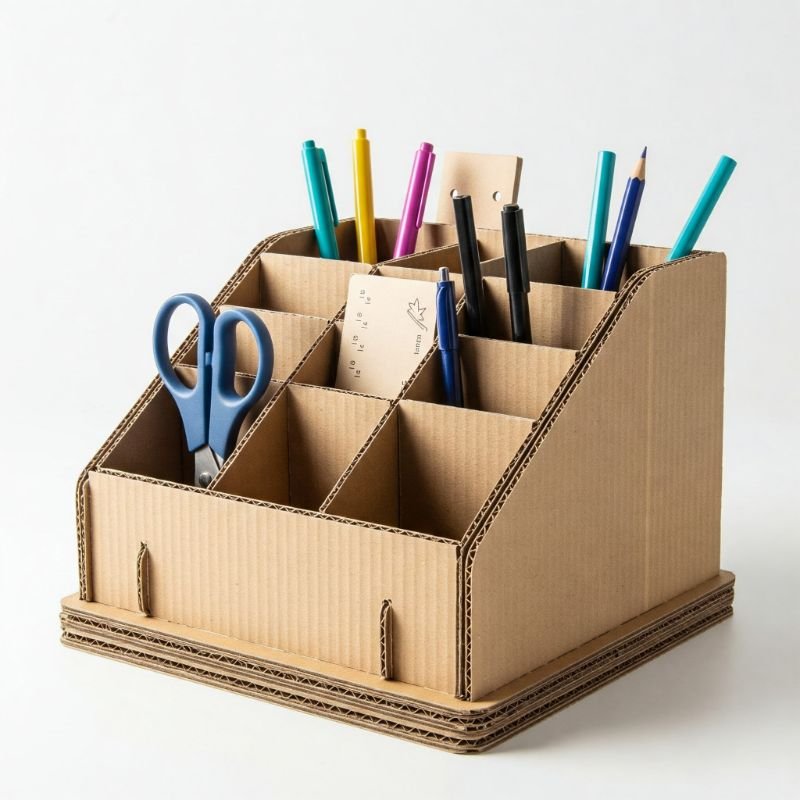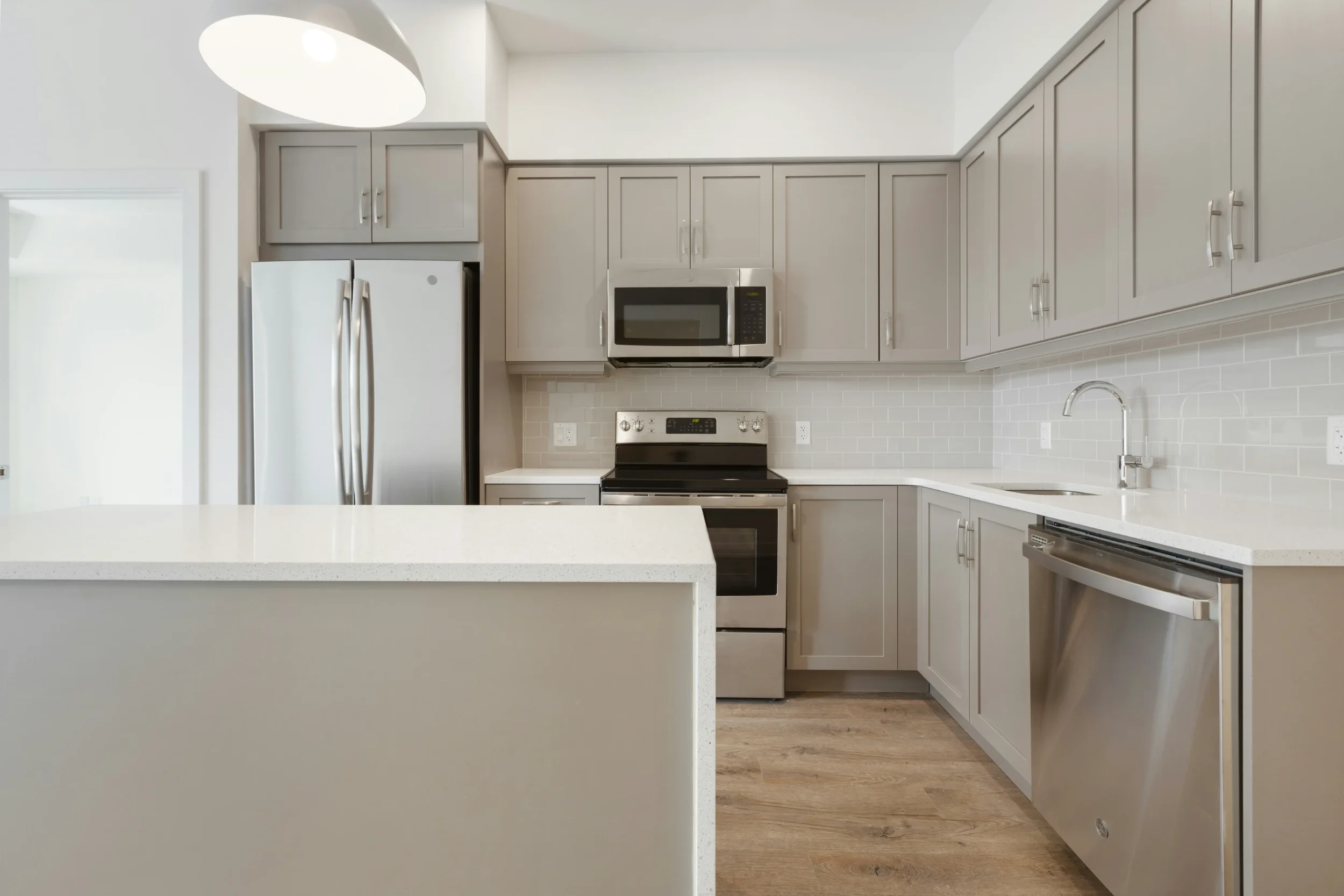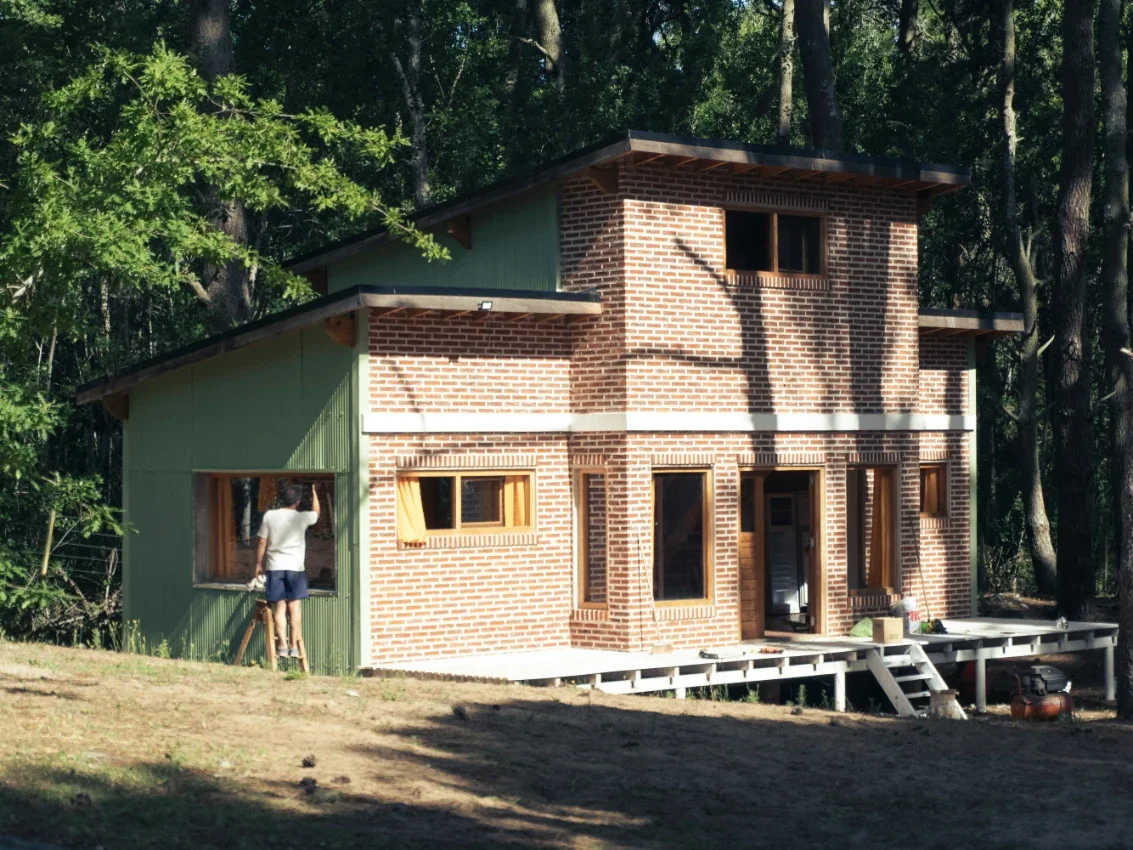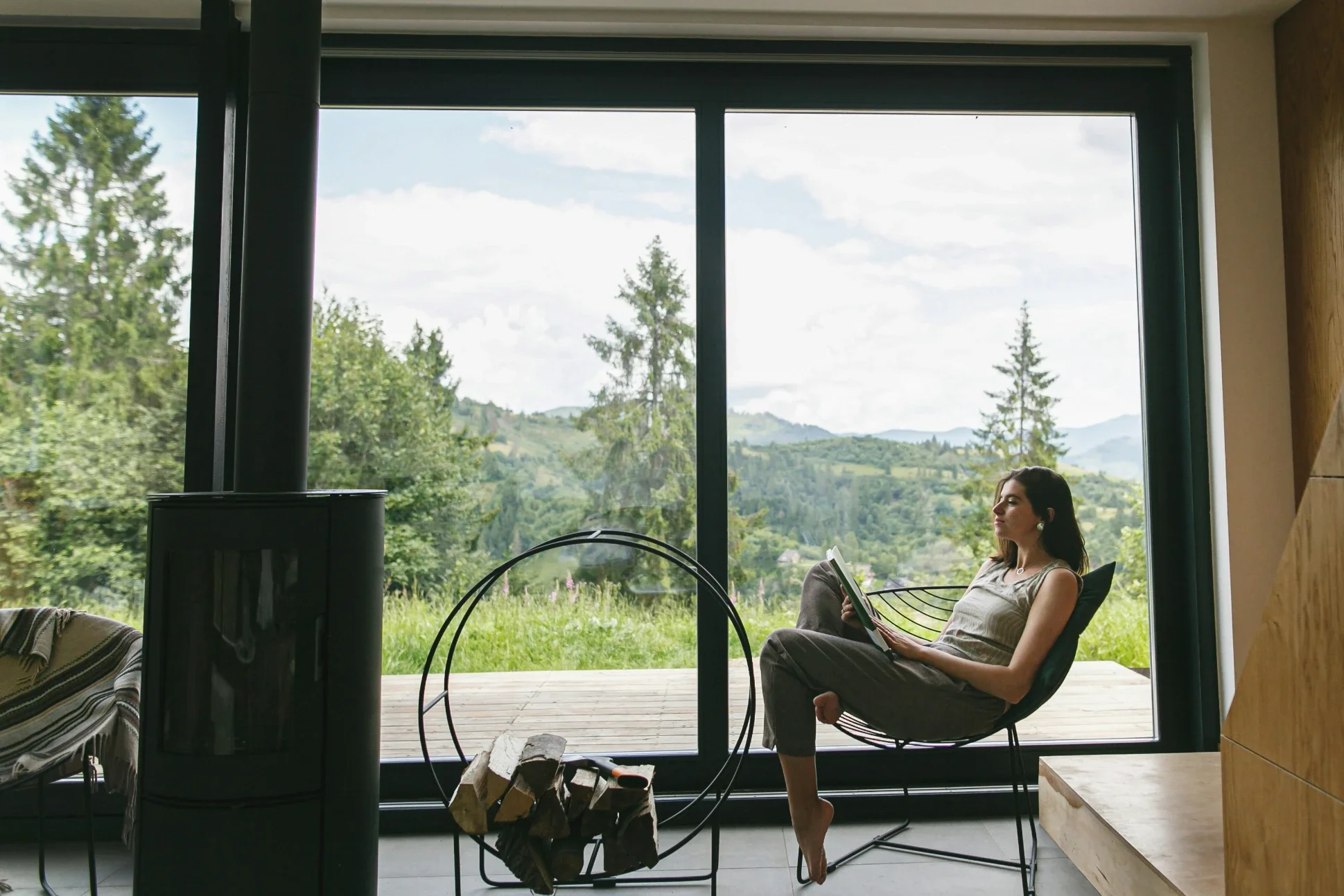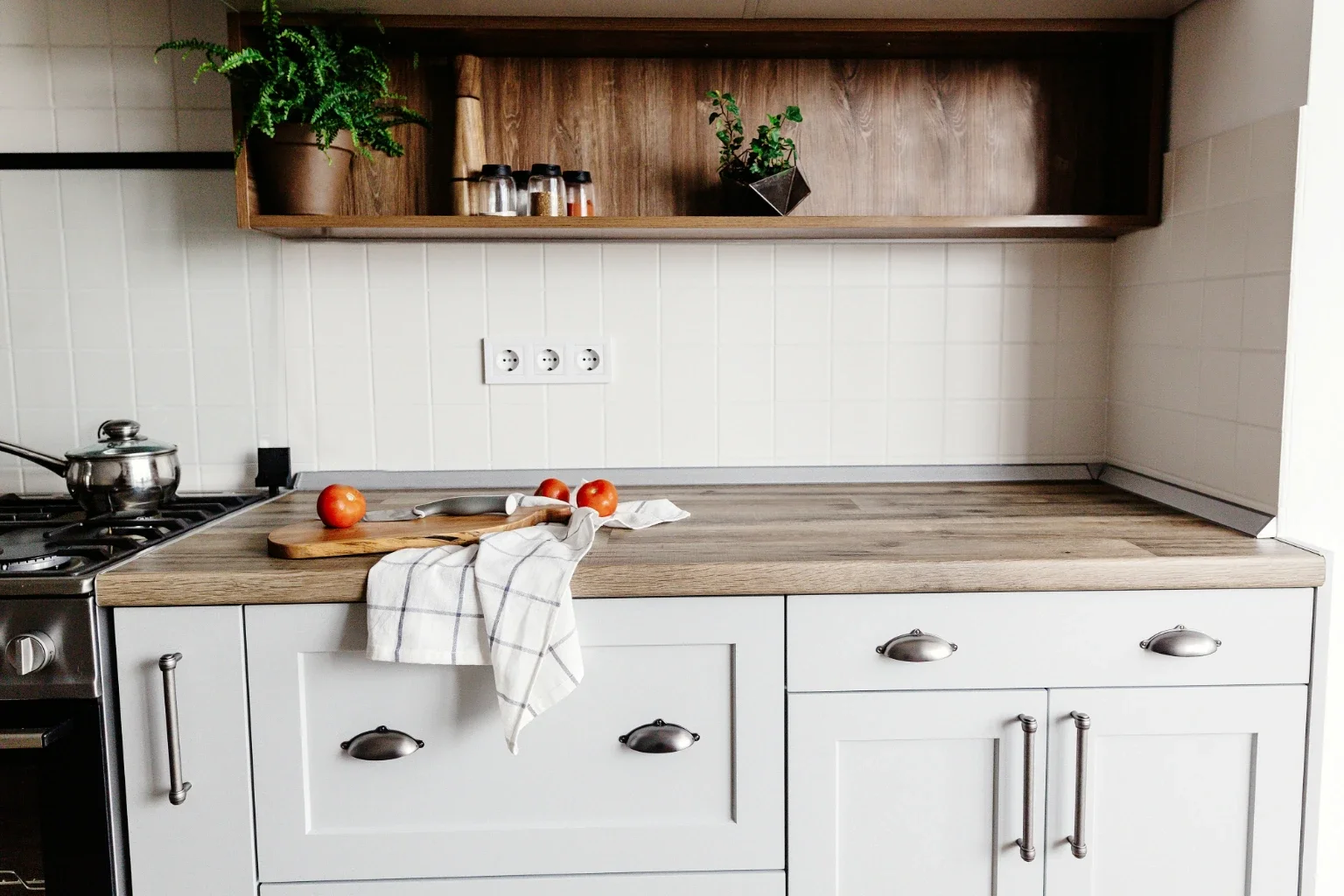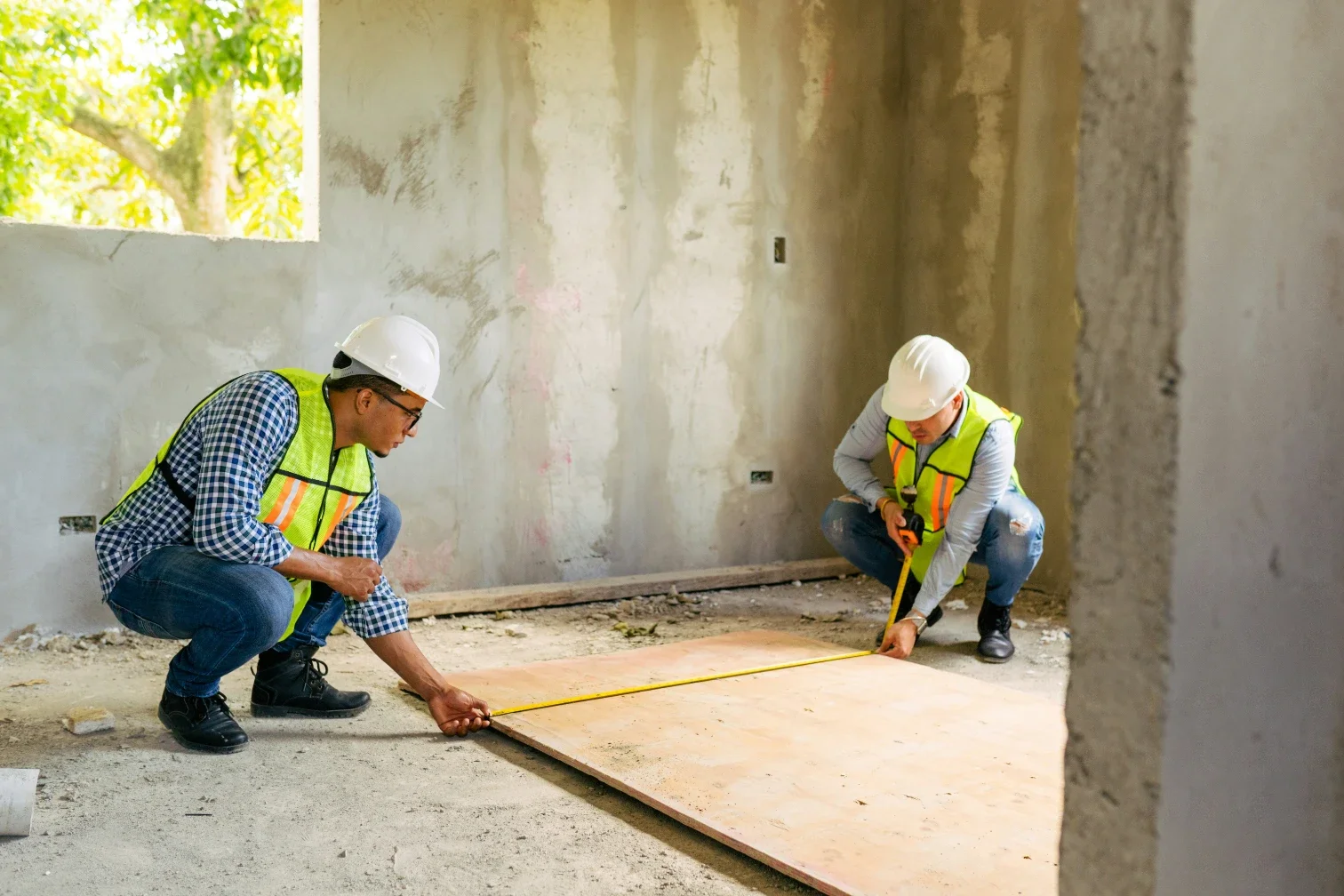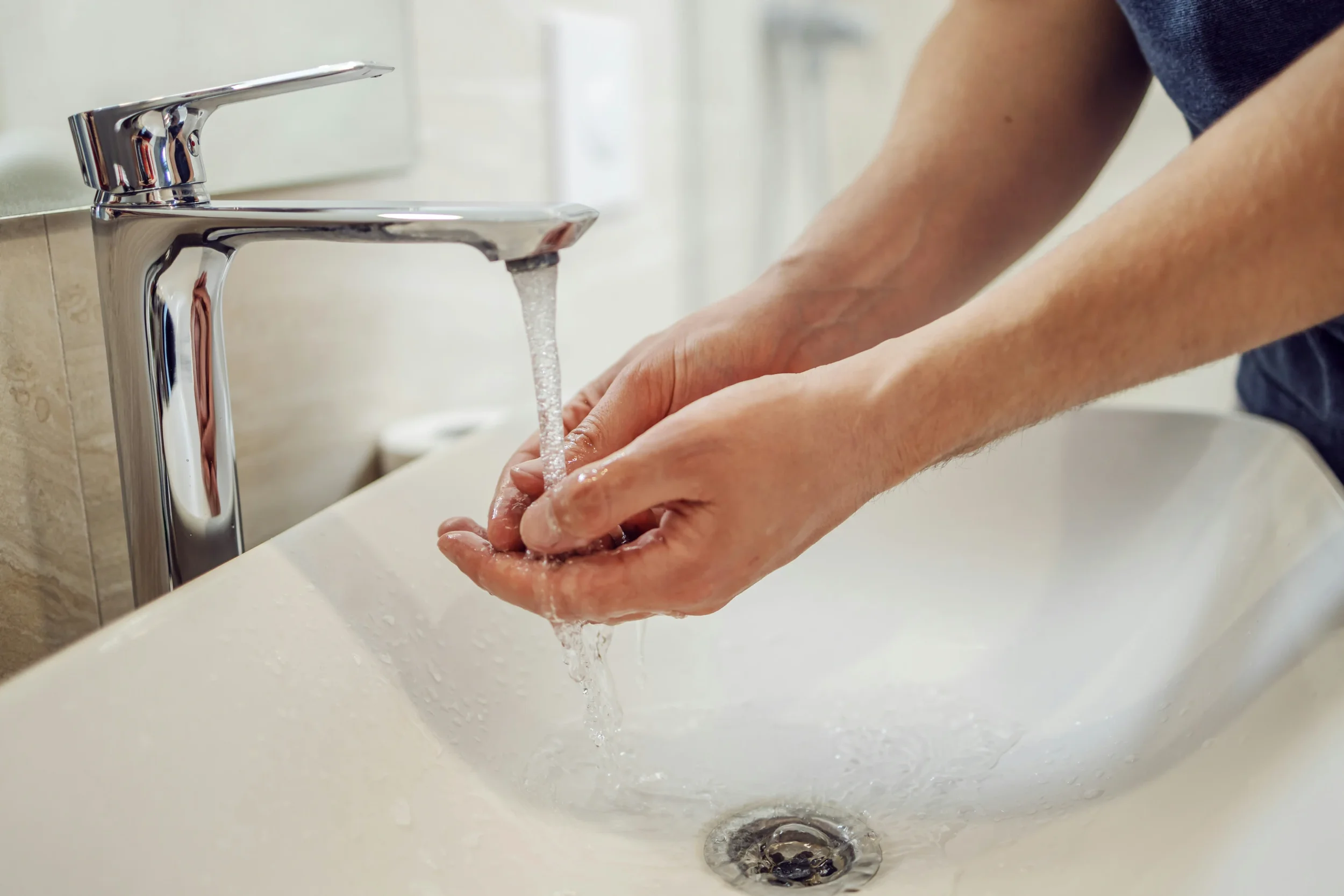15 Cardboard Craft Ideas for All Skill Levels
Discover 15 creative cardboard craft projects for all skill levels—from simple children's activities to sophisticated home decor that repurposes packaging into art.
Remember that childlike wonder you felt while playing with a large cardboard box? Perhaps it became a spaceship, a secret fort, or a princess castle—the possibilities limited only by your imagination. That same creative potential still exists in every piece of cardboard that passes through your home, despite our adult tendency to see it merely as packaging destined for recycling. In our consumption-heavy world, cardboard arrives at our doorsteps almost daily, carrying everything from online shopping treasures to pizza. What if, instead of immediately breaking down these boxes for the recycling bin, we recognized them as free, versatile craft materials waiting to be transformed? Working with cardboard offers unique advantages—it's readily available, costs nothing, cuts easily with basic tools, provides structural integrity while remaining lightweight, and creates guilt-free crafting since you're repurposing what might otherwise become waste. Whether you're looking for a rainy day activity with kids, a mindful craft practice for yourself, or sustainable decor for your home, cardboard's humble versatility makes it the perfect medium for creators of all ages and skill levels. I've spent years experimenting with this underappreciated material, discovering techniques that elevate it from ordinary packaging to remarkable creations. In this article, I'll share fifteen cardboard craft projects that span the spectrum from beginner-friendly activities requiring minimal tools to more advanced artistic endeavors—all united by their use of this common material you're probably recycling right now. Let's reimagine what's possible with those brown boxes before they leave your home!
1. Simple Cardboard Photo Frames for Personalized Decor
Transform ordinary cardboard packaging into custom photo frames that add personal warmth to any space—like giving your cherished memories a handcrafted hug that showcases them perfectly. This beginner-friendly project requires minimal tools while teaching fundamental cardboard-working techniques you'll use in more advanced projects. I recommend starting with clean, flat pieces from box sides, cutting two identical frames (one for the front face, another for structural support), and assembling with white glue for a surprisingly sturdy result. What makes this project particularly rewarding is how easily you can customize the design—try geometric patterns, freehand curves, or even themed shapes that complement the enclosed photo. Consider painting finished frames with acrylic paints, covering with decorative paper, or embellishing with items like buttons, dried flowers, or fabric scraps. The lightweight nature of cardboard makes these frames perfect for hanging in groupings without requiring heavy-duty wall hardware.
2. Sculptural Wall Art Using Layered Cardboard
Create dimensional wall art that plays with shadow and depth by stacking cardboard layers—like transforming flat packaging into topographical maps of imaginary landscapes that catch light throughout the day. This intermediate project introduces precision cutting and layering techniques while producing sophisticated decor from humble materials. I suggest starting with a simple design drawn on your base layer, then cutting progressively smaller shapes from additional cardboard pieces, stacking and gluing them to build height and dimension. What makes this approach particularly striking is how ordinary cardboard transforms into something sculptural through repetition and careful assembly. Consider leaving some areas of your design single-layered while building others to varying heights, creating natural shadow effects as light moves across the finished piece. For more refined results, paint the completed sculpture in monochromatic shades, highlighting the dimensional qualities, or embrace the raw cardboard aesthetic for industrial-style decor.
3. Functional Cardboard Desk Organizers
Tackle desktop clutter with custom organizers perfectly sized for your specific items—like creating a bespoke organizational system that corrals chaos while costing absolutely nothing. This practical project combines form and function, introducing basic box-construction techniques while producing immediately useful results. I recommend analyzing your particular organizational needs first, measuring items like pens, sticky notes, and electronic devices before designing compartments specifically sized for them. What makes cardboard ideal for this application is how easily you can create dividers, slots, and specialized storage areas impossible to find in generic store-bought organizers. Consider reinforcing stress points with additional cardboard layers, covering with decorative paper for a more polished look, or painting with acrylic or spray paint for durability. The modular nature allows you to create separate components that work together—perhaps a pen holder, paper tray, and cord organizer—that can be rearranged as your needs change.
4. Children's Cardboard Castle with Architectural Details
Construct a magical playspace that sparks imaginative adventures while teaching children about repurposing materials—like giving them their own medieval kingdom without the royal price tag. This family-friendly project scales to your available cardboard supply and desired complexity, making it perfect for collaborative building with kids. I suggest starting with a basic four-wall structure using larger boxes, then adding architectural elements like towers, battlements, windows, and a drawbridge that actually moves. What makes this project particularly valuable beyond play potential is how it introduces children to measuring, structural thinking, and creative problem-solving through a medium that forgives mistakes. Consider incorporating learning opportunities by researching real castle features together before building, adding historically accurate details like arrow slits or a moat. For extended play value, create accessories like cardboard shields, swords, or crowns, and provide art supplies for kids to personalize their creation.
5. Biodegradable Cardboard Seed Starters
Create eco-friendly vessels for starting garden seedlings that transfer directly into soil—like designing temporary plant homes that nurture new growth before returning to the earth themselves. This practical project introduces sustainable gardening techniques while making use of cardboard's biodegradable properties. I recommend using plain, uncoated cardboard (avoiding glossy or heavily printed pieces that might contain unwanted chemicals), cutting and folding small containers approximately 3 inches square, and securing with minimal tape or water-soluble glue that won't interfere with decomposition. What makes this approach particularly valuable for gardeners is how these containers eliminate transplant shock—the entire unit goes into the ground, where the cardboard gradually breaks down as roots expand. Consider creating a simple press from wooden blocks sized to your containers for quickly shaping consistent forms, and adding small drainage holes in the bottom. For organization, label each starter with wooden craft sticks or create a planting chart.
6. Woven Cardboard Basket for Storage
Weave surprisingly sturdy baskets from cardboard strips that provide both functional storage and handcrafted charm—like creating flexible containers that blend paper crafting with traditional basketry techniques. This intermediate project introduces precision cutting and weaving skills while producing genuinely useful household items. I recommend cutting uniform strips from larger cardboard sheets, soaking them briefly in water to increase flexibility, then weaving them over a simple cardboard base using traditional over-under basket weaving patterns. What makes this approach particularly successful is how the weaving process creates structural strength far exceeding what you might expect from repurposed packaging. Consider experimenting with strip width for different visual effects, incorporating colored paper strips for decorative patterns, or adding fabric liners for a more finished interior. The completed baskets work beautifully for organizing craft supplies, corralling small household items, or presenting gifts in sustainable packaging. For extra durability, seal the finished basket with clear acrylic sealer or mod podge.
7. Cardboard Relief Maps for Educational Fun
Transform flat cardboard into topographical landscapes that teach geography through tactile exploration—like creating miniature mountain ranges, river valleys, and coastal features children can actually feel beneath their fingertips. This educational project combines art, science, and geography while introducing layering techniques similar to contour mapping. I suggest selecting a region or country, projecting and tracing its outline onto your base cardboard, then building elevation using additional layers cut to follow contour lines from actual topographical maps. What makes this approach particularly valuable for learning is how it converts abstract map symbols into physical representations that clarify geographical concepts. Consider painting completed maps using realistic colors for different elevations and ecosystems, labeling major features, or creating a legend explaining the elevation each layer represents. For younger children, simplified versions focusing on basic landforms work beautifully, while older students can create more detailed, accurate representations matching current curriculum.
8. Silhouette Light Boxes with Dramatic Lighting Effects
Craft illuminated shadow boxes that transform silhouette cutouts into magical glowing scenes—like capturing storybook moments within frames of light that change ordinary rooms into enchanted spaces. This intermediate project introduces precision cutting techniques while teaching basic principles of light and shadow. I recommend designing a scene that works well in silhouette (forests, cityscapes, or fairy tale elements work beautifully), cutting your design from black cardboard, then mounting it inside a box constructed with a transparent or translucent front panel and solid sides. What makes this approach particularly dramatic is how adding a simple string of LED lights inside the box brings flat silhouettes to life through illumination. Consider creating depth by placing some elements closer to the light source and others nearer the front panel, experimenting with colored transparent papers as backgrounds, or designing seasonal scenes you can exchange throughout the year. The finished light boxes create gentle ambient lighting perfect for children's rooms, hallways, or evening atmosphere.
9. Sturdy Cardboard Dollhouse with Custom Furnishings
Construct a multi-room dollhouse complete with furniture that encourages imaginative play while teaching spatial design—like creating an architectural model that doubles as a child's beloved toy and triples as an introduction to interior design concepts. This more advanced project introduces structural techniques for creating stable, interconnected spaces that withstand play. I recommend sketching your design first, considering scale relative to available dolls, then constructing room boxes that connect together for easy reconfiguration and storage. What makes cardboard ideal for this application is how easily it can be cut and modified to create doorways, windows, stairs, and room dividers while remaining lightweight enough for children to handle. Consider adding realistic details like printed flooring patterns, wallpaper made from decorative paper, and cardboard furniture built to match standard dollhouse scales. For longevity, reinforce stress points like corners and roof joints with additional cardboard pieces, and seal completed surfaces with decoupage medium.
10. Geometric Cardboard Pendant Lamps
Design sculptural lighting fixtures that transform ordinary cardboard into dramatic ceiling features—like hanging geometric constellations that cast fascinating shadow patterns while illuminating your space. This more advanced project introduces precision cutting and three-dimensional assembly techniques that produce genuinely impressive results. I recommend starting with simple geometric designs like icosahedrons or faceted spheres, cutting each panel precisely, then assembling using small tabs and slots for clean connections rather than visible tape or glue. What makes these lights particularly striking is the contrast between the humble material and the sophisticated forms it creates—unexpected elegance from ordinary packaging. Consider cutting decorative patterns into panels before assembly for more intricate light patterns, painting exterior surfaces while leaving interiors natural to maximize light reflection, or creating nested forms for more complex visual interest. For safety, use only LED bulbs and fixtures rated for paper lampshades, keeping bulbs centrally positioned away from cardboard surfaces.
11. Interactive Cardboard Board Games
Create custom tabletop games that transform game night while exercising creativity and critical thinking—like designing entertainment systems that engage players from development through play. This adaptable project scales from simple track games for beginners to complex strategy games for advanced crafters. I recommend starting with familiar game mechanics (dice rolling, card drawing, or token movement), sketching your concept on paper first, then transferring to sturdy cardboard with added structural supports at folding points. What makes this approach particularly valuable beyond entertainment is how it introduces game design principles through hands-on creation, encouraging players to modify rules and components as they discover improvements. Consider creating storage compartments within the game board for pieces, designing cards or tokens from thinner cardboard stock, or adding three-dimensional elements like buildings or obstacles. For durability, laminate frequently handled components with clear contact paper or apply several coats of clear sealer.
12. Cardboard Garden Markers for Plant Identification
Craft weatherproof plant identifiers that add handmade charm to garden beds while clearly marking what's growing where—like creating botanical name tags that combine practicality with personal style. This beginner-friendly project introduces basic waterproofing techniques while producing immediately useful garden accessories. I recommend cutting simple shapes from corrugated cardboard, applying several layers of outdoor-rated polyurethane or clear acrylic sealer for weather resistance, then adding plant names with permanent markers or weather-resistant paint pens. What makes cardboard particularly suitable for this purpose is its biodegradability—should a marker eventually succumb to the elements, it will decompose naturally without harming your garden. Consider cutting markers into shapes that complement your plantings (vegetable silhouettes for kitchen gardens, flower shapes for ornamental beds), adding color with outdoor acrylic paints, or attaching markers to stakes for greater visibility among growing plants. For educational gardens, include botanical names and growing information alongside common plant names.
13. Textured Cardboard Wall Panels for Acoustic Treatment
Transform plain walls into sound-absorbing architectural features that improve room acoustics while adding visual interest—like creating functional art that makes spaces both sound and look better simultaneously. This more advanced project introduces texture creation techniques while applying principles of sound management to home decor. I recommend designing repeating patterns that incorporate varied surface depths, cutting multiple identical units from corrugated cardboard, then assembling them into panels that can be mounted individually or grouped for greater impact. What makes cardboard particularly effective for this application is how its corrugated structure naturally diffuses sound waves while providing an interesting textural base for creative expression. Consider painting completed panels in monochromatic color schemes to emphasize texture over material, arranging units in gradient patterns that shift across the installation, or incorporating LED strip lighting behind or between panels for dramatic effect. The finished installations improve sound quality in home theaters, music rooms, or video conferencing spaces while doubling as distinctive wall art.
14. Cardboard Book Binding for Custom Journals
Craft personalized notebooks using basic bookbinding techniques and sturdy cardboard covers—like creating portable thought sanctuaries perfectly sized for your specific writing needs. This intermediate project introduces fundamental bookbinding skills while producing genuinely useful items from repurposed materials. I recommend using the most rigid cardboard available for covers (shipping boxes rather than cereal boxes), cutting precisely to desired dimensions, then binding with a simple pamphlet stitch or perfect binding technique depending on your preferred page arrangement. What makes this approach particularly rewarding is how it allows complete customization—choose exactly the paper type, page count, and dimensions that suit your purposes rather than accepting commercial options. Consider covering exterior cardboard with decorative papers, fabric, or paint before binding, creating pockets inside covers for storing loose papers, or adding ribbon bookmarks for easy navigation. The completed journals make thoughtful personalized gifts, gratitude diaries, or project-specific workbooks. For added durability, reinforce the spine with bookbinding tape or fabric.
15. Modular Cardboard Room Divider Screen
Construct a flexible space-defining screen that reconfigures to suit changing needs—like creating architectural elements that transform open spaces into defined areas without permanent construction. This more advanced project introduces large-scale structural techniques while producing substantial furniture from humble materials. I recommend designing individual panels with consistent dimensions and connection methods, reinforcing each panel internally with a grid structure for rigidity, then linking panels with fabric hinges or mechanical connections that allow various configurations. What makes cardboard ideal for this application is its lightweight nature combined with surprising structural strength when properly engineered. Consider incorporating decorative cutouts that allow partial visibility between spaces, covering panels with wallpaper or fabric for more finished appearances, or designing double-thickness panels that provide display shelving within the divider structure. The completed screen creates private areas in shared bedrooms, defines functional zones in studio apartments, or provides backdrop surfaces for photography or video calls.
Conclusion
Cardboard crafting offers that perfect intersection of accessibility, sustainability, and creative potential. By repurposing what might otherwise become waste, you not only reduce environmental impact but discover a versatile medium capable of producing everything from children's toys to sophisticated home decor. The projects we've explored demonstrate cardboard's remarkable range—its ability to be both structural and decorative, temporary and surprisingly durable. Perhaps most importantly, working with this humble material reconnects us to the fundamental joy of making—transforming the ordinary into something meaningful through our own creativity and effort.
Read next: 15 Craft Ideas for Kids of All Ages
Frequently Asked Questions
1. What tools do I need to begin cardboard crafting?
Start with basics: sharp scissors, craft knife, metal ruler, white glue, and a cutting mat for surface protection.
2. How can I make cardboard creations more durable?
Reinforce stress points, seal with polyurethane or mod podge, and keep finished pieces away from moisture.
3. What types of cardboard work best for different projects?
Corrugated shipping boxes provide structural strength, while cereal boxes offer flexibility for detailed cutting work.
4. How can I create smooth edges on cardboard cuts?
Sand cut edges with fine-grit sandpaper or cover raw edges with decorative tape for clean, finished appearances.
5. Is painted cardboard recyclable if I eventually discard my projects?
Most painted cardboard remains recyclable, but heavily embellished pieces with non-paper materials should be discarded separately.



